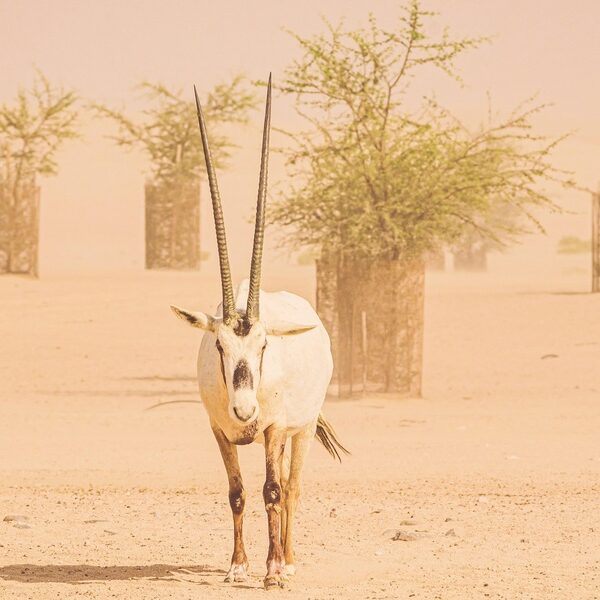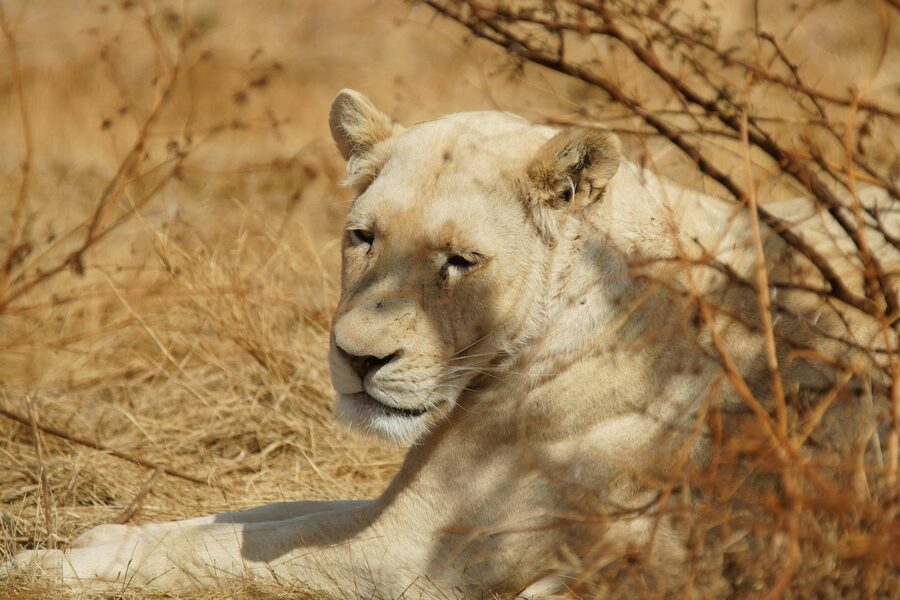Poisonous animals represent a wide and fascinating set of species that rely on chemical defenses to survive. They include organisms whose tissues or secretions are harmful when touched or eaten, and they occur across many groups—from small amphibians and insects to some fishes and birds. Toxins can act as deterrents, kill or incapacitate predators, or prevent microbial infection, and they vary enormously in potency and mode of action. Studying these animals sheds light on ecology, evolutionary arms races, and public health concerns such as food safety and accidental exposures.
Context
Human awareness of animal-derived poisons goes back millennia: indigenous peoples used frog and plant toxins for hunting, while historical records note fish and shellfish poisonings. Scientifically, animal toxins have been studied since the 19th century, producing reliable chemical identifications such as tetrodotoxin from pufferfish and batrachotoxin from some Central and South American frogs. Today these toxins matter for several fields: ecology (how predators and prey interact), conservation (many toxic species are threatened), medicine (toxins help map ion channels and inspire drug leads), and food safety (regulated preparation of species like fugu reduces risk). Clear distinctions between poisonous (harmful by contact or ingestion) and venomous (delivered by bite or sting) are important for accurate communication and treatment.
Scope and coverage
This collection of Poisonous Animals by Type encompasses the main groups and exposure routes where animal toxins are significant. Coverage focuses on common categories such as amphibians that secrete skin toxins, certain fish known for food-borne toxins, invertebrates and caterpillars with contact hazards, and the small number of poisonous birds. The series also addresses how toxins are acquired (produced versus sequestered), ecological roles, and the public-health implications of accidental ingestion or handling. Rather than exhaustive species lists, the emphasis is on types of toxins, typical effects, and why particular groups merit attention.
Little-known facts about poisonous animals:
- “Poisonous” means harmful when eaten or touched; “venomous” means the animal injects toxin through a bite or sting.
- Some poison dart frogs don’t manufacture their batrachotoxins but obtain them from dietary arthropods like certain mites and ants.
- Pufferfish contain tetrodotoxin concentrated in organs such as the liver and ovaries; improper preparation of some species has caused fatal poisonings.
- Only a handful of bird species are poisonous—examples include the hooded pitohui and the blue-capped ifrita, which carry alkaloid toxins in feathers and skin.
- Certain caterpillars, notably Lonomia obliqua, can cause severe hemorrhagic syndromes in humans after skin contact and have been linked to fatalities in South America.
- Research on animal toxins has advanced neuroscience and drug discovery—for example, studies of sodium-channel-targeting toxins have informed both basic science and therapeutic exploration.





